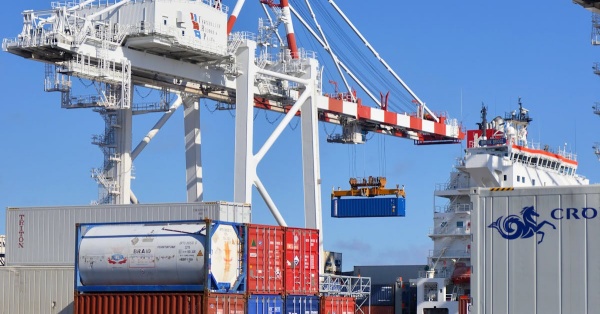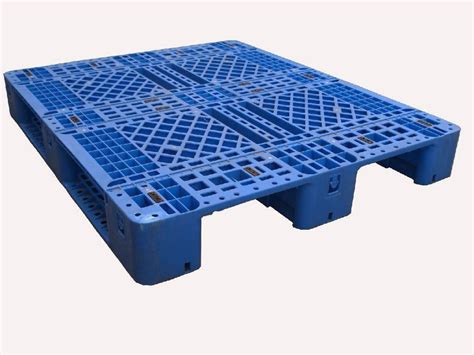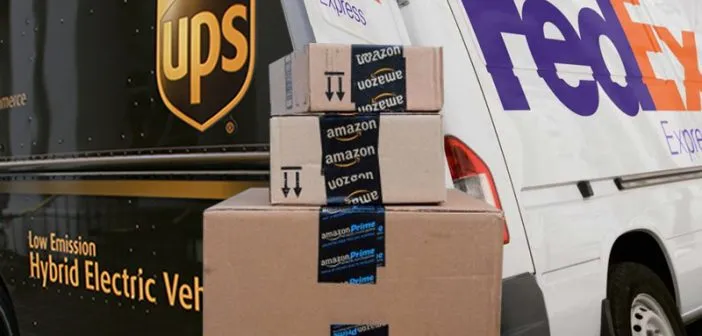Jennifer Galindo
The former Mexican ambassador to the United States warns of targeted tariffs, mass deportations, and tensions over the Chinese presence in Mexico.
In light of Donald Trump’s return to his second era as president of the United States, Arturo Sarukhán, president of Sarukhán and associates, warned about the critical challenges that the bilateral relationship will face, where he observes that the first years will be decisive, with immediate actions in trade, migration, and security, including the imposition of tariffs, mass deportations and possible unilateral operations against fentanyl laboratories in Mexico.
In a conference during the 2025 Economic Outlook Seminar organized by the Autonomous Technological Institute of Mexico (ITAM), Sarukhán stressed that the next four years will be critical, especially the first year, in which Trump will seek to measure the Mexican government’s response capacity through forceful actions.
As one of the main points to highlight, the specialist anticipated that the automotive and auto parts sector, as well as steel and aluminum, will be the first to face targeted tariffs, as part of a United States reindustrialization strategy to repatriate investments.
According to Sarukhán, Mexico is not adequately prepared to face this challenge due to the lack of technical staff in the government after the administration of Andrés Manuel López Obrador.
“Today, neither the Mexican private sector nor the government are reading this challenge well,” he said.
On the other hand, Trump could intensify the deportations of undocumented migrants, sending thousands monthly to Mexico, even from third countries, which could overwhelm the capacities of Mexican municipalities and border states.
“He is not going to deport the 11.2 million undocumented people, but he will release five, 10 or 15 thousand a month,” he said.
Regarding security, Sarukhán said that Trump could pressure the Mexican government to accept joint operations against fentanyl laboratories.
If cooperation is not obtained, he warned about the possibility of unilateral actions by the United States, such as drone attacks on Mexican territory.
The Chinese threat and the USMCA
The growing Chinese manufacturing presence in Mexico is viewed with concern by the United States, especially in strategic sectors such as telecommunications, energy, and lithium batteries.
In this regard, Sarukhán highlighted the importance of working together with Washington to prevent this from derailing the review of the Treaty between Mexico, the United States, and Canada (T-MEC) in 2026.
“The Chinese manufacturing footprint in Mexico could be the Trojan Horse that contaminates the bilateral relationship,” he warned.
Therefore, Sarukhán presented a decalogue with strategic actions, which could help Mexico to maintain a “healthy” relationship with its northern neighbor.
The specialist mentioned that the country should not engage in public confrontations with Trump, in addition to rebuilding the capacities of the Mexican State, particularly in trade and migration.
On the other hand, Mexico must modernize foreign policy reinforce security cooperation, and enhance diplomacy at the state level in the United States to strengthen alliances.
“If President Sheinbaum wants to avoid an earthquake in the bilateral relationship, she must make decisions that contravene even the legacies of the previous administration,” he said.






